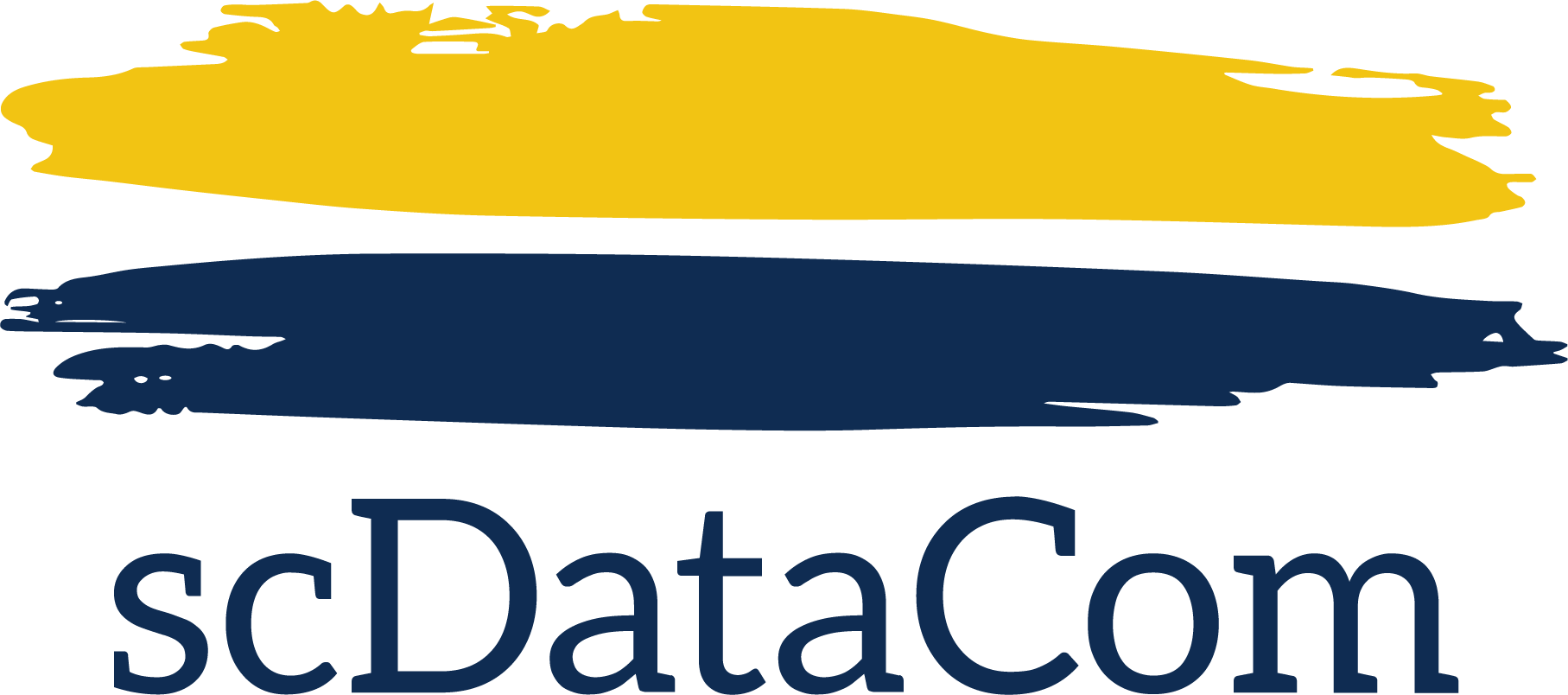How CCTV is Helping Healthcare Providers Manage the Covid-19 Crisis
Healthcare has always been one of scDataCom's largest customer verticals and we've seen a significant spike in our customers' need for technology tools that will help them to manage resources, treat patients and protect staff during the current national healthcare crisis. With unprecedented bed occupancy and outpatient visits, hospitals are straining to meet all of the new demands the pandemic has created, and are turning to their camera and access control systems for #morethansecurity.
So how does a hospital use CCTV to better treat their patients and protect their staff? Well, when you can't have more hands - more eyes will do in a pinch.
While we've seen video security systems being deployed in old ways to protect new in-demand resources, like PPE and cleaning supplies, there is also a rising trend in hospitals using their video solution to augment their work-force, rather than simply as part of their security system.
For instance: some hospitals have added cameras in patient rooms and have made this footage available to trained healthcare staff that are already monitoring essential vitals; this allows the team to observe critical changes such as seizure activity even before the vital signs and cardiac monitors have detected them, allowing quick intervention that dramatically improves outcomes.
In addition to improved response time, if the extra eyes manning the control center have the medical training to visually assess resourcing requirements, they can also reduce false or nuisance alarms and determine when clinical teams are overwhelmed and in need of additional support.
Some hospitals are even using cameras to remotely monitor patients thanks to advanced video analytics and functionality like two-way audio that allow for a remote dialogue between patients and the caregiving team, while minimizing contact and exposure.
Cameras with these advanced capabilities are more helpful than ever as hospitals labor to control the surge of #covid-19. The risk of person-to-person contagion is high and remote monitoring can help protect both patients, staff, and single-use PPE by minimizing unnecessary patient contact.
